(OSV News) — Holy Saturday is one of those days when the church, though liturgically silent, speaks volumes through signs. In Poland and Ukraine, one of the most popular and deeply symbolic gestures is the blessing of Easter foods, known as “swieconka,” or Easter basket.
The tradition of blessing Easter food on Holy Saturday is present across Europe — in some regions in Italy, Austria or Greece, but across Poland and Ukraine — from the largest cities to the smallest villages — it’s a “must” even for non-believers.
Entire families make their way to churches, carrying baskets adorned with green sprigs and filled with selected foods. But these are not merely treats for the holiday table — they are symbols of the Resurrection, Christ’s triumph over death, and the faithful’s readiness to celebrate the joy of Easter — both bodily and spiritually.
Polish Franciscan, Father Jan Maria Szewek, emphasized — quoting Corinthians 1, 10:31, “whether you eat or drink, or whatever you do, do everything for the glory of God” — that blessing the food during Christianity’s most important feast is an act of gratitude, “not only for salvation and eternal life, but also for the simple, daily gift of nourishment,” the Franciscan said.
This deeply rooted Catholic tradition reflects the essence of the Resurrection. Swieconka “is a spiritual practice,” the Polish priest said, “that speaks of hope, renewal, and Christ’s presence in everyday life.”
Symbolic lamb in the basket
The origins of the Easter basket can be traced back to early Christian traditions. Father Szewek explained: “In the Old Testament, before the exodus from Egypt, the Israelites were commanded to eat roasted lamb with unleavened bread and mark their doorposts with lamb’s blood to be spared from death. In Christian understanding, this event foreshadows Christ, the Lamb of God, whose sacrifice delivers us from sin and eternal death.”
This is why the lamb — often made of sugar, butter, or bread — in Polish Easter baskets symbolizes Christ the Redeemer. “When John the Baptist saw Jesus approaching, he said: ‘Behold, the Lamb of God, who takes away the sin of the world,'” the Franciscan explained. “This lamb reminds us that Christ sets us free — from the bondage of sin and Satan.”
Bread and its breaking
Next to the lamb, there is always bread — a basic element of life, but also a sacred sign.
In Christian tradition, it’s more than just food — explained Father Szewek — it represents Christ in the Eucharist, the one who is broken and shared. Before his Passion, Christ instituted the Eucharist at the Last Supper. After his resurrection, He revealed Himself to the disciples in Emmaus in the breaking of the bread.
“In Jewish tradition,” the priest noted, “the father of the family would break the bread and distribute it — signifying unity. In our faith, Christ is that host who feeds us with eternal life.”
Eggs, salt, and the flavor of Resurrection
No Polish Easter basket is complete without eggs, traditionally painted or dyed. For Christians, the egg has long symbolized the tomb: hard on the outside, but containing new life within.
The eggs are not merely decorative — they carry profound paschal meaning.
“Christ came forth from the tomb just as life comes from the egg,” the priest explained. “It is a sign of the Resurrection — the new, eternal life he gives us.”
Salt is also placed in the basket, symbolizing purification, protection, and harmony between God and man.
“Salt reminds us of the sacraments of baptism and confession, which Christ instituted after his resurrection,” Father Szewek told OSV News. “These sacraments cleanse, strengthen, and protect the soul — just as salt does with food.”
Greenery and living hope
Most Polish and Ukrainian Easter baskets are adorned with greenery — usually boxwood — symbolizing hope and new life.
“Green is the color of hope,” said Father Szewek. “We place it in the basket as a sign of the hope we have in Christ, who died and rose again to free us from sin and offer us eternal life.”
A tradition that moves hearts
According to polls, more people in Poland have their Easter baskets blessed than profess belief in God. For many, it may simply be a beautiful tradition; for others, a moment of reflection — and for some, the beginning of something deeper.
“I believe God has many ways of reaching people,” the priest said. “Blessing food is an opportunity to pause and reflect. For some, it’s a moment of conversion. God respects human freedom, but speaks to people through events, symbols, and encounters. The Easter basket is one of those quiet signs.”
He added that for some, it’s a chance to return to church—perhaps for the first time in a long time.
– – –
Katarzyna Szalajko writes for OSV News from Warsaw, Poland.


